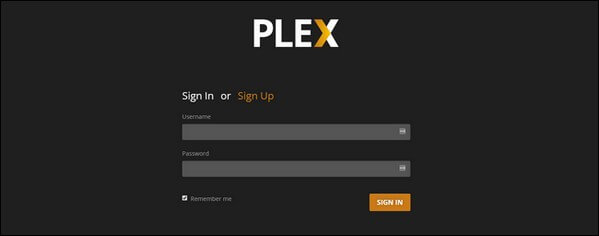


Plex detects your media once you’ve told it which folders to look in, and then separates the TV shows, movies, music and photos into their own categories. It installs quickly and walks you through the setup process. Once you’ve downloaded the Media Server, installation is a breeze. The Home Theatre version is for those of you running a dedicated computer attached to your TV, but essentially the setup process is very similar to the standard Media Server. Most people go for the standard Plex Media Server as, let’s face it, most of your content will be on your main computer anyway and not many people have a NAS set up.

There’s the standard Plex Media Server, Plex Home Theatre and Plex Media Server for NAS. There are a few versions of Plex to choose from when setting up the server side of things. SEE ALSO: Chromecast vs Roku Streaming Stick vs Amazon Fire TV Stick If you’ve got a huge collection of media stored on your computer with no ideal way to access it around the home, then Plex is most definitely for you. Based on a fork of the XBMC framework (now known as Kodi), the software turns your personal computer or NAS into a media server that enables access to all your films, photos and music, from a multitude of devices via a beautiful and slick user interface. Plex is a piece of very powerful media streaming software for the home.


 0 kommentar(er)
0 kommentar(er)
